Poznań is one of the oldest and largest cities in Poland, inhabited by over half a million people and located conveniently halfway between two European capitals – Berlin and Warsaw. International trade, business meetings and conventions play a vital role for the local economy, since Poznań from 1921 has hosted the most prominent trade fair events in the country, organized by Poznań International Fair, the largest organizer of fairs in Central-Eastern Europe.
A trip to Poznań is a chance to visit a place which is inherently linked to the very roots of Poland. It was here that Mieszko I of Poland decided to found his town, it was also probably here that he was baptized in 966 and joined the ranks of medieval European rulers. This event is considered to be the beginning of Polish statehood. This very story as well as many others related to the city can be heard at Porta Posnania, the interactive heritage interpretation center.
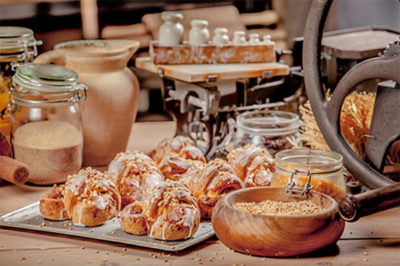
Dear visitor! We invite you to see our original shows which reveal the secrets of Saint Martin Croissants and other Poznan’s prides. Let’s meet in a beautiful, renaissance tenement house right opposite the Town Hall. The shows are presented live by the locals and prices include croissant tasting!
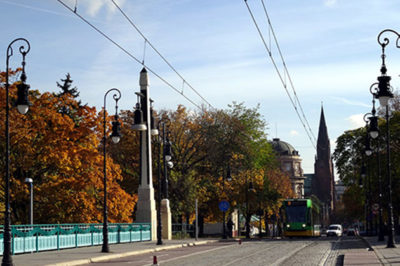
The Royal-Imperial Route is the best way for a close encounter with Poznań and an opportunity to get acquainted with the personality and character of one of the oldest cities in Poland. The Royal-Imperial Route is a tourist trail that leads through the most interesting corners of Poznań. The axis of the trail marked with a logo helps to orientate itself in the city space.
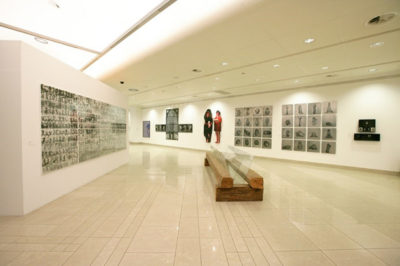
Built in the beginning of the 20th century, the museum owns rich collections of Romanesque and Gothic art, paintings by famous artists – Polish (among others Jacek Malczewski, Jan Matejko, Stanisław Wyspiański) and foreign (an overview of 15th-18th century Italian, 17th century Dutch and 16th and 17th century Flemish paintings).
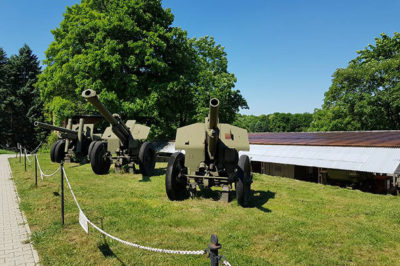
The Museum of Arms is located on the premises of the former Fort Winiary (the Poznań Citadel), in a Military Laboratory bunker added on in 1872. Originally used to make gun powder and shells, the facility was later converted to a munitions depot.The biggest attraction of its permanent exhibition are its outdoor displays of military equipment featuring over a dozen military vehicles, nine airplanes, two helicopters, five tanks, as well as numerous canons and mortars.
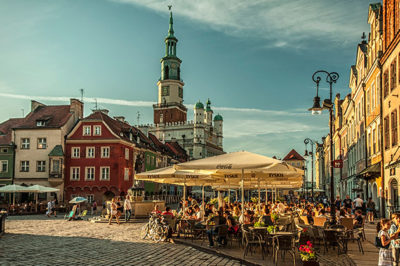
The town hall in Poznań is undoubtedly the most magnificent Renaissance building in Wielkopolska and one of the finest in Poland. The earliest mention of it is from 1310 but it must have been built at the turn of the 13th and 14th centuries judging by the keystone in the cellar decorated with the coat of arms of the Czech dynasty of the Premyslids (Weneclaus II Premyslid was King of Poland in the years 1300-06).
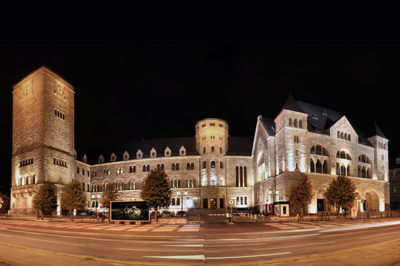
This huge neo-Romanesque building, designed by Franz Schwechten, was constructed in the years 1905-10 for German Emperor William II. After WWI when Poland regained its independence, the Castle housed the faculty of mathematics of Poznań University, whose graduates broke the German Enigma code in the 1930’s.
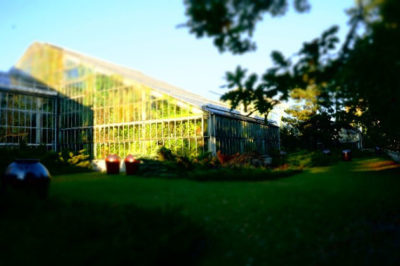
In Wilson Park there is an over a hundred year-old Palm House, the largest in Poland and one of the largest in Europe.
Built to the design of S. Cybichowski in 1929, it was thoroughly remodelled in 1982–92. The Palm House has amassed huge collections of plants, thus becoming one of the biggest institutions of this kind in Europe. It has 17 thousand plants of 700 species and subspecies from the Mediterranean, subtropical, tropical, savannah and desert climates.

We would like to invite you to an exhibition dedicated to those, who have made a successful attempt to break the cipher, which as it was thought, was impossible to break. The success, which was based on a talent and work of some extraordinary people, had the beginning in 1929 in Poznań, exactly in the place where you stand… Visit the Enigma Codebreakers Exhibition based outside the Imperial Castle (Św. Marcin 80/82) and discover the history of Enigma Codebreakers.
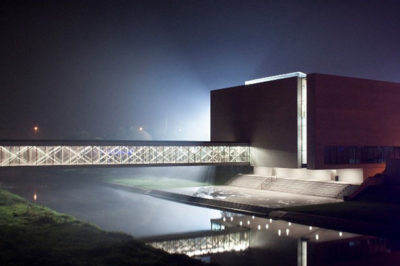
The remarkable Porta Posnania symbolically connects Poznań’s oldest districts of Cathedral Island and Śródka. It attracts its visitors with a multimedia display, educational workshops, cultural events and tours. It presents the fascinating history of Cathedral Island and encourages visitors to tour it with an audio guide. The Porta Posnania is a perfect starting point for exploring the city along the Royal-Imperial Route. Poznań’s Cathedral Island was once home to one of a principle settlements of the emerging state of the Piast dynasty.
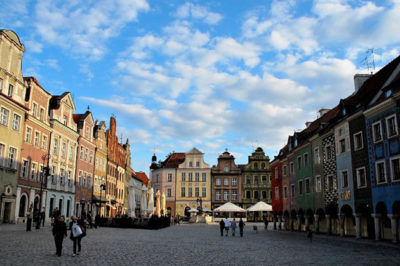
The Old Market Square and its surroundings are among the most interesting places to see in Poznań. The beautiful Renaissance town hall, old houses, charming side streets, numerous museums, pubs, cafes and people walking the streets – all of them create the unique atmosphere of the place. The Old Market Square is the heart of Poznań. From spring to autumn, surrounded by pavement cafes, the Square is bustling late into the night. It also hosts numerous events, performances and concerts.

Buildings of the former Hugger’s Brewery became part of the new complex – multiple award-winning trade, art and business centre. Unusual architecture enters into a dialogue with the site’s industrial past, a multitude of nooks and crannies hide mementos from the beer brewing times: ceramic seals, interior design elements, plaques.